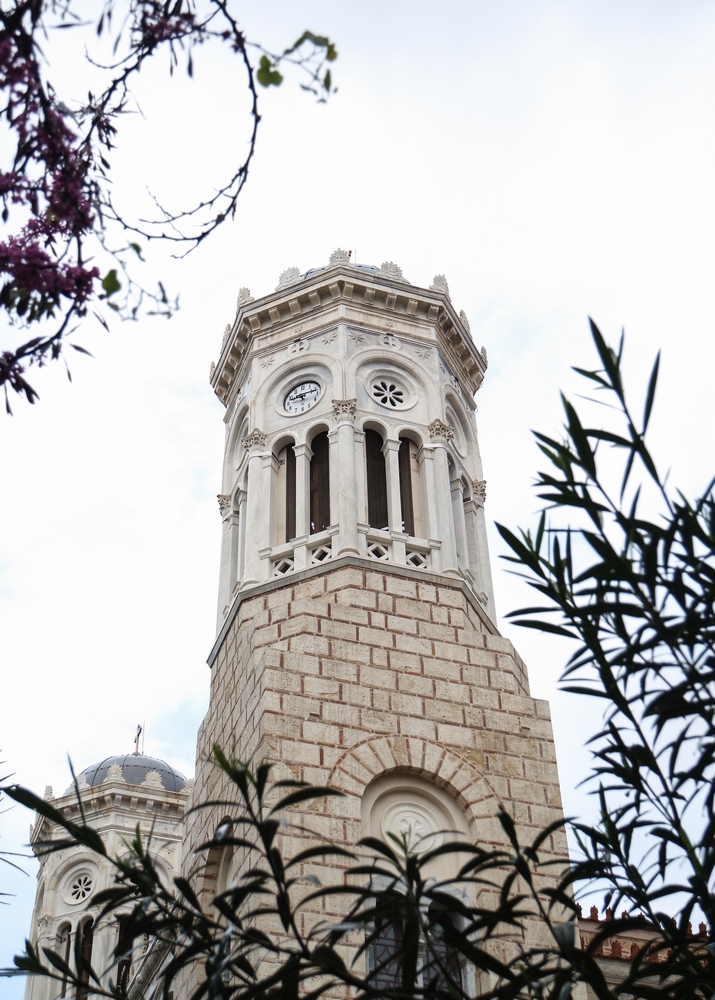The Church of Our Lady Chrysospiliotissa (Of the Golden Cave)
The architecture of the Church of Our Lady Chrysospiliotissa is innovative for its attempt to stress the grandeur of Byzantium rather than its mystical side.
Location
Timeline
Modern and Contemporary era (1821 - )
1859 Submission of the construction permit application.
1863 Works begin. The project is completed 15 years later, with the exception of the bell towers.
1888 Completion of the southern bell tower. The northern bell tower will be completed 4 years later.
1892 The artist Spyridon Chatzogiannopoulos completes the church’s hagiographic decoration.







Share